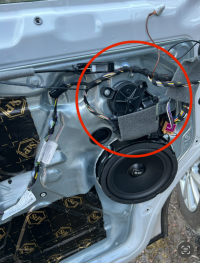Thanks. From previous posts I was under the impression that these items are not on the LIN bus?
This is something I could look in to as well. locking the van remotely would be a big plus.
Where is the best place to tap into the Lin bus that will carry these messages?
This will probably be phase 2 as I have orders the parts for the can bus now.
This is something I could look in to as well. locking the van remotely would be a big plus.
Where is the best place to tap into the Lin bus that will carry these messages?
This will probably be phase 2 as I have orders the parts for the can bus now.



